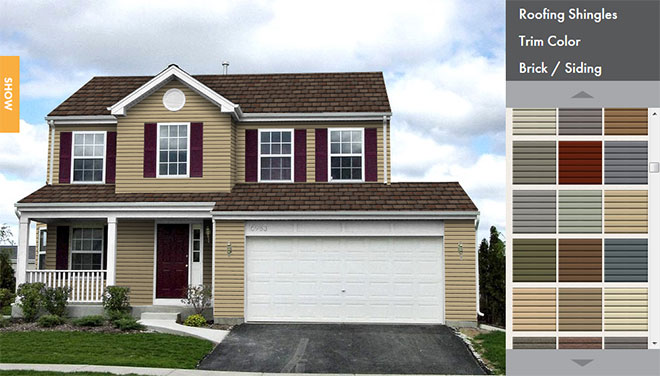Roof Damage Caused by Hail in Albertville, MN
Most people in Minnesota don’t recognize they have hail damage to their roof, siding, or fascia materials. The impact of hail damage can loosen, fracture or remove granules from your asphalt shingles. Hail can leave tiny to large pits in your siding and fascia as well. The granules protect the asphalt from sunlight and Ultra Violet Light (UV). The roofing asphalt will deteriorate very quickly once it has had hail impact and is exposed to the sun. This is the reason hail damaged roofs will prematurely fail. Hail damaged roofs may or may not show up immediately as visual damage to the inexperienced observer. In some cases, the effects may not be visible or evident for about a year or more. The effects of a hailstorm void the shingles manufacturer’s warranty, as they cannot warrant against “Mother Nature” such as hailstorms.
How To Determine If Your Roof Has Hail Damage
To be able to detect roof hail damage, it’s important that you do a roof inspection after a hail storm. Please make sure you exercise all necessary caution while doing so!!
- Check in and around the roofing shingles for signs of damage. For example, you may notice dents on the shingles of varying sizes, from small to large. In addition check the metal vents, if these have been damaged; it’s a good sign of roof hail damage too.
- If you have asphalt shingles, you should check for a collection of asphalt granules in the roof gutter. These may be settled or evenly distributed along the gutter. This is another sure sign of roof hail damage.
- Another way of detecting roof hail damage is to take a close look at the shingles. You will be able to tell if the entire roof, or one particular part, has a consistent pattern of damage. If you notice a recurring pattern, the reason for the damage could be hail.
- A powerful hail storm is likely to cause holes in your shingles. These holes may have different shapes and sizes. In some cases, there may be the presence of a roof liner, into which the hail may have penetrated. As such, you cannot rely only on holes as a indication of hail damage.
- Though this indicator may take time to get notices, leaks are also a sign of roof damage. Due to the damage caused to the shingles after hail storm, they may become less resistant to leaks and water collection. So, after a hail storm, keep watch even on your ceiling for any signs of leakage.
It’s not a good idea to go up on your roof immediately after a hail storm, as it may be slippery. Also, a steep slope on the roof can be dangerous. Do not attempt to check your roof for hail damage if you are unsure about being able to climb up to take a look. Take the help of a professional. Call a Minnesota Roofing Contractor, they deal with these issues everyday and know the safe way to determine hail damage.


 Click Here
Click Here Click Here To Use
Click Here To Use